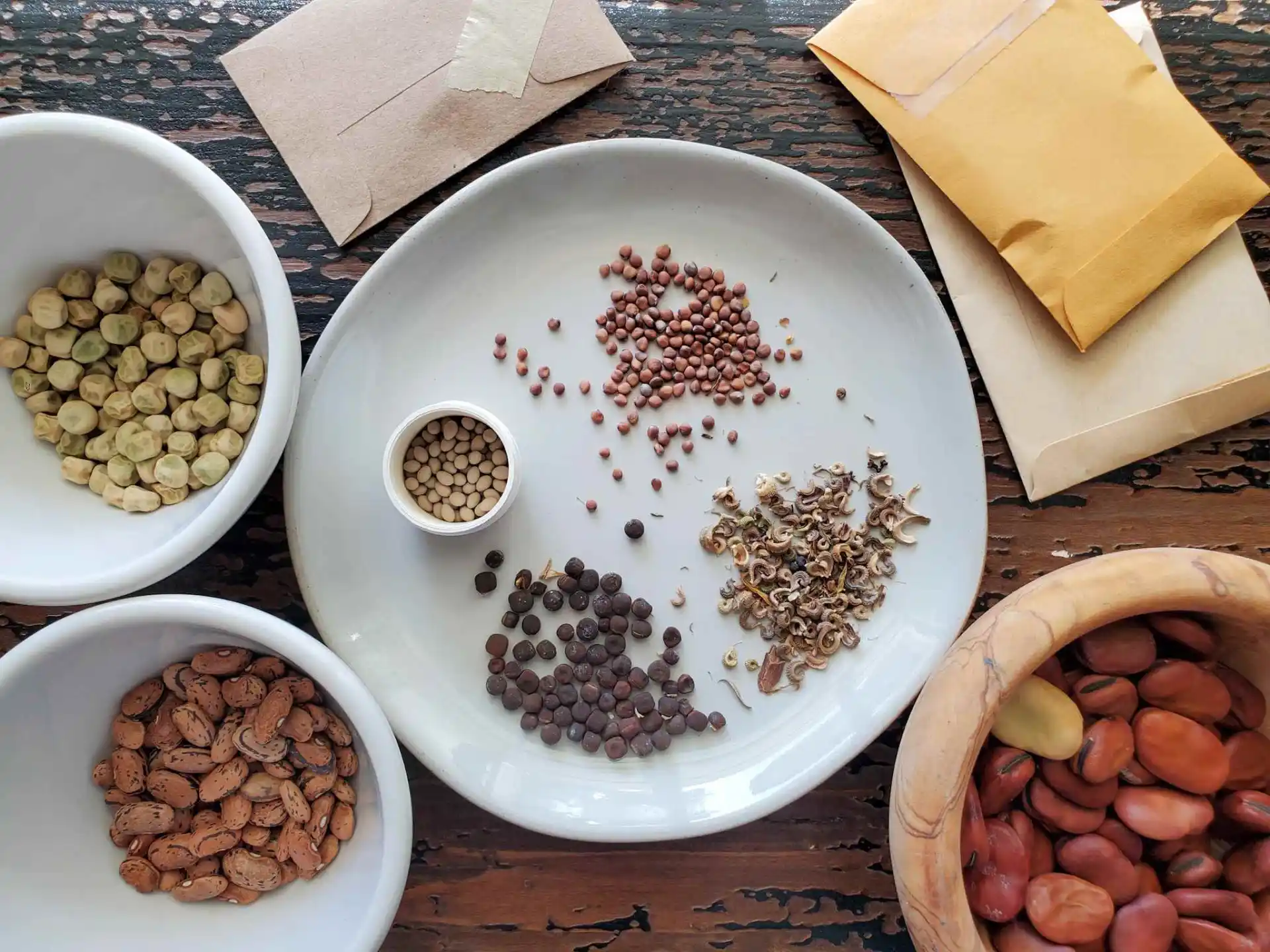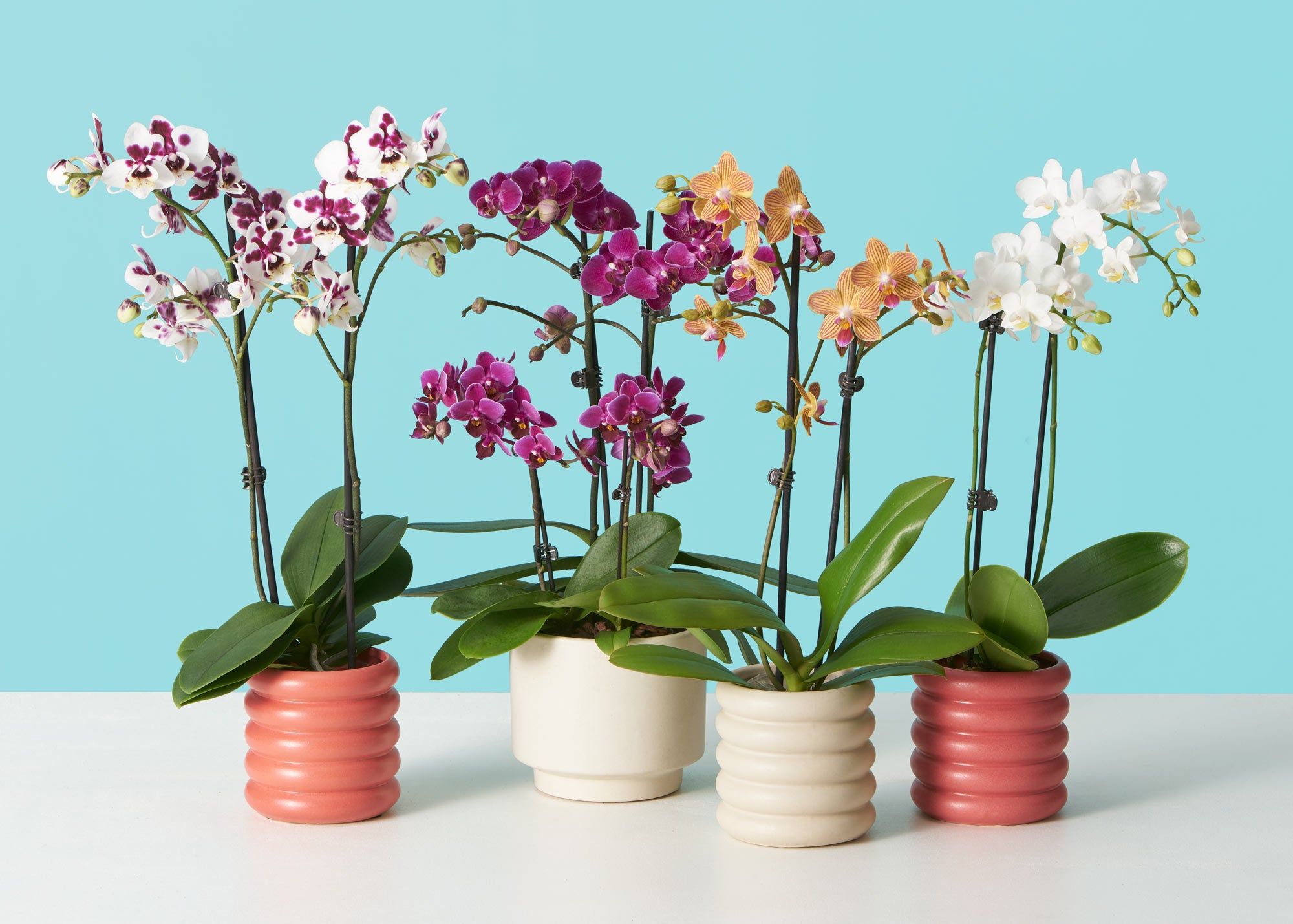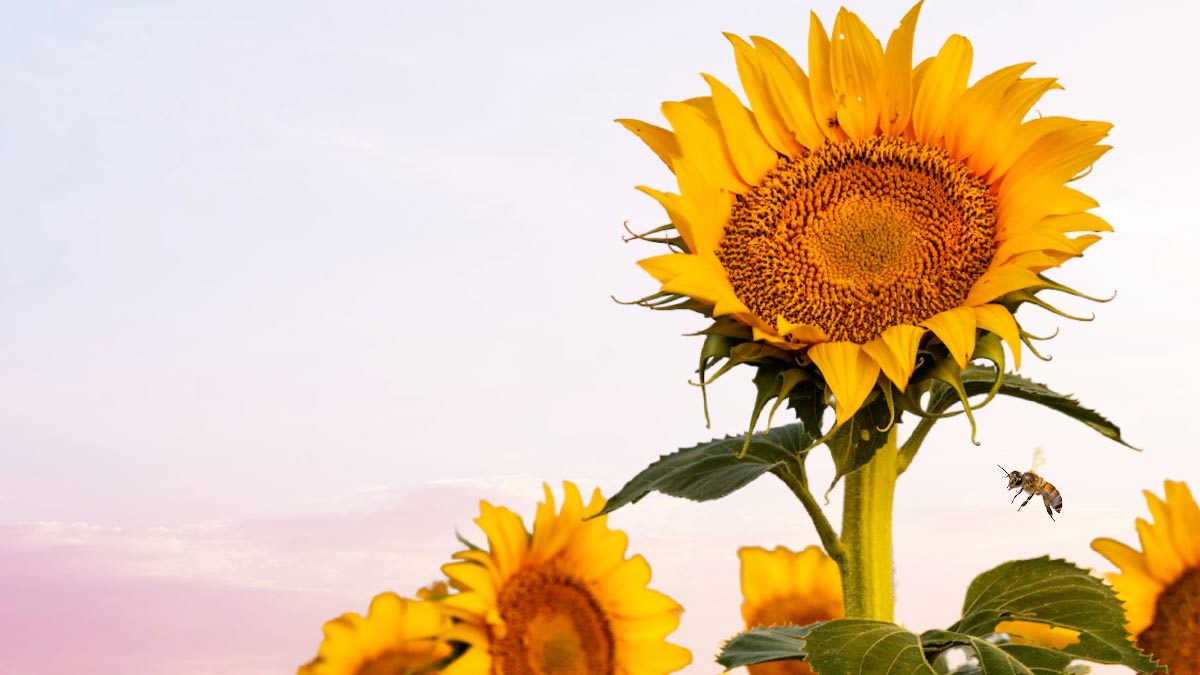Home>Gardening News and Trends>Latest News>How Long Will Vacuum Sealed Vegetables Last In The Refrigerator


Latest News
How Long Will Vacuum Sealed Vegetables Last In The Refrigerator
Modified: January 22, 2024
Stay up to date with the latest news on how long vacuum sealed vegetables will last in the refrigerator. Find out the best storage practices for maximum freshness.
(Many of the links in this article redirect to a specific reviewed product. Your purchase of these products through affiliate links helps to generate commission for Chicagolandgardening.com, at no extra cost. Learn more)
Table of Contents
- Introduction
- Why Vacuum Sealing Vegetables is Beneficial
- Factors Affecting the Shelf Life of Vacuum Sealed Vegetables
- Proper Storage Conditions for Vacuum Sealed Vegetables
- Recommended Shelf Life of Vacuum Sealed Vegetables
- Signs of Spoilage in Vacuum Sealed Vegetables
- Tips for Extending the Shelf Life of Vacuum Sealed Vegetables
- Conclusion
Introduction
When it comes to storing vegetables, finding a method that preserves freshness for as long as possible is essential. One popular technique that has gained significant attention is vacuum sealing. By removing the air from the packaging, vacuum sealing helps to maintain the quality and extend the shelf life of vegetables in the refrigerator.
Vacuum sealing involves using a specialized machine to remove air from airtight bags or containers, creating a vacuum-packed environment. This process prevents oxygen from reaching the vegetables, which slows down the growth of bacteria, mold, and other microorganisms that cause spoilage.
Not only does vacuum sealing keep vegetables fresh, but it also helps to retain their nutritional value, color, and flavor. This makes it an ideal method for preserving the freshness of garden-fresh produce or bulk-purchased vegetables.
In this article, we will explore the benefits of vacuum sealing vegetables, factors that affect their shelf life, proper storage conditions, recommended shelf life, signs of spoilage, and tips for extending their longevity. By understanding these key factors, you can make the most out of vacuum sealing and ensure that your vegetables stay fresh and flavorful for an extended period.
Why Vacuum Sealing Vegetables is Beneficial
Vacuum sealing vegetables offers a range of benefits that make it an attractive option for preserving their freshness. Here are several reasons why vacuum sealing vegetables is beneficial:
- Extended Shelf Life: Vacuum sealing removes air and limits the growth of bacteria and other microorganisms that cause spoilage. This helps to extend the shelf life of vegetables significantly, allowing you to enjoy them for longer periods.
- Prolonged Freshness: By creating an airtight environment, vacuum sealing helps to retain the freshness of vegetables. It prevents oxidation and minimizes the loss of moisture, which are common causes of wilting and deterioration.
- Preservation of Nutrients: Vacuum sealing helps to preserve the nutritional value of vegetables. As air exposure is reduced, the degradation of beneficial vitamins and minerals is slowed down, ensuring that you can enjoy the maximum nutritional benefits from your vegetables.
- Retained Color and Flavor: Vacuum-sealed vegetables tend to retain their vibrant colors and flavors. By limiting contact with oxygen, which can cause discoloration and flavor loss, vacuum sealing ensures that your vegetables remain visually appealing and taste delicious when it’s time to use them.
- Reduced Food Waste: Vacuum sealing allows you to store vegetables for longer, minimizing the risk of them going to waste. With extended freshness and a reduced chance of spoilage, you can confidently buy in bulk or save your homegrown harvest without worrying about wasting precious food.
Overall, vacuum sealing vegetables provides a convenient and effective method of preserving their quality and extending their shelf life. From reducing food waste to preserving nutrients and flavors, vacuum sealing is a valuable technique for anyone looking to prolong the life of their vegetables and reduce the frequency of grocery shopping or harvesting fresh produce.
Factors Affecting the Shelf Life of Vacuum Sealed Vegetables
While vacuum sealing is an effective method for extending the shelf life of vegetables, several factors come into play that can influence how long they remain fresh. Understanding these factors will help you maximize the longevity of your vacuum sealed vegetables. Here are the key factors that affect the shelf life of vacuum sealed vegetables:
- Initial Quality: The quality of the vegetables at the time of vacuum sealing plays a major role in determining their shelf life. Choosing fresh, high-quality produce is crucial, as any signs of spoilage or damage prior to sealing can shorten the overall freshness.
- Preparation and Cleaning: Properly washing and removing dirt, debris, and any pesticide residues from the vegetables before vacuum sealing is essential. Failure to do so can lead to microbial growths and contamination, reducing the shelf life of the vegetables.
- Storage Temperature: Temperature is a critical factor in preserving the freshness of vacuum sealed vegetables. Storing them in the refrigerator at temperatures below 40°F (4°C) is ideal, as it inhibits bacterial growth and slows down the spoilage process.
- Moisture Content: Moisture content in vegetables affects their shelf life. Excess moisture can lead to mold growth, while insufficient moisture can cause wilting and drying out. It is important to ensure that the vegetables are adequately dried before vacuum sealing to prevent these issues.
- Proper Packaging: The quality and integrity of the vacuum sealing bags or containers used to store the vegetables are crucial. Ensure that the packaging is airtight, without any leaks or punctures, as air exposure can compromise the freshness and shelf life of the vegetables.
- Storage Duration: The longer vegetables are stored, even when vacuum sealed, the more their quality and freshness will eventually decline. While vacuum sealing extends the shelf life, it is important to keep track of the duration and consume the vegetables within a reasonable time frame.
By considering these factors, you can optimize the shelf life of vacuum sealed vegetables and enjoy their freshness for an extended period. It’s important to note that while vacuum sealing greatly improves the shelf life compared to traditional storage methods, it doesn’t make the vegetables last indefinitely. Regularly inspecting and monitoring the condition of the vegetables is essential to prevent consumption of spoiled food.
Proper Storage Conditions for Vacuum Sealed Vegetables
To ensure that your vacuum sealed vegetables remain fresh and flavorful, it is important to store them properly. By following the recommended storage conditions, you can maximize the shelf life and maintain the quality of your vacuum sealed vegetables. Here are the key factors to consider for proper storage:
- Refrigeration: Vacuum sealed vegetables should always be stored in the refrigerator. The ideal temperature for storing vegetables is between 32°F (0°C) and 40°F (4°C). This range inhibits bacterial growth and minimizes the risk of spoilage. Ensure that the refrigerator is set to the appropriate temperature to maintain the freshness of the vegetables.
- Airtight Containers/Bags: Use high-quality vacuum sealing bags or containers that are specifically designed for food storage. These bags should provide an airtight seal to prevent air and moisture from reaching the vegetables. A proper seal is crucial for maintaining freshness and extending the shelf life.
- Minimal Exposure to Light: Light exposure can lead to the degradation of certain nutrients and affect the overall quality of vegetables. Keep vacuum sealed vegetables stored in containers or bags away from direct light, or opt for opaque storage containers that offer additional protection.
- Arrange Properly: Arrange the vacuum sealed vegetables in a way that allows for proper airflow within the refrigerator. Avoid overcrowding, as it can restrict airflow and lead to temperature fluctuations. Proper airflow will help maintain the desired temperature and ensure even cooling throughout the storage.
- Separate Odorous Foods: Some vegetables have a tendency to absorb odors from neighboring foods. To avoid cross-contamination of odors, separate vacuum sealed vegetables from strong-smelling foods such as onions, garlic, or seafood.
- Regular Monitoring and Rotation: Regularly check the vacuum sealed vegetables for any signs of spoilage. Over time, vegetables may still deteriorate, so it’s important to inspect them periodically to ensure their freshness. Additionally, practice a first-in, first-out rotation system, using older packages of vegetables before newer ones to avoid wastage.
By adhering to these proper storage conditions, you can maintain the quality and freshness of vacuum sealed vegetables for an extended period. However, it’s important to note that even with the best storage practices, vegetables will eventually lose their optimum freshness. Always trust your senses and discard any vacuum sealed vegetables that show signs of spoilage, such as a foul odor, sliminess, or discoloration.
Recommended Shelf Life of Vacuum Sealed Vegetables
The shelf life of vacuum sealed vegetables can vary depending on several factors, including the type of vegetable, initial quality, storage conditions, and the specific vacuum sealing method used. It is important to keep in mind that these are general recommendations, and individual factors may influence the actual shelf life. Here are some average shelf life guidelines for vacuum sealed vegetables:
- Leafy Greens: Vacuum sealed leafy greens such as spinach, lettuce, and kale can typically last for about 1 to 2 weeks in the refrigerator.
- Cruciferous Vegetables: Vegetables like broccoli, cauliflower, and Brussels sprouts can remain fresh for approximately 1 to 2 weeks when vacuum sealed and stored in the refrigerator.
- Root Vegetables: Vacuum sealed root vegetables, including carrots, potatoes, and beets, can typically stay fresh for 3 to 4 weeks when properly stored in the refrigerator.
- Peppers: Vacuum sealed bell peppers and chili peppers can maintain their freshness for about 1 to 2 weeks in the refrigerator.
- Tomatoes: Vacuum sealed tomatoes can last for approximately 1 to 2 weeks in the refrigerator.
- Green Beans: Vacuum sealed green beans have an average shelf life of 1 to 2 weeks when stored in the refrigerator.
- Onions: Vacuum sealed onions can typically last for around 2 to 3 months in the refrigerator.
It’s important to note that these guidelines are approximate and may vary depending on the specific vegetable, its freshness at the time of vacuum sealing, and the storage conditions. Always pay attention to the appearance, smell, and texture of the vegetables before consuming them, and discard any vacuum sealed vegetables that show signs of spoilage.
Additionally, it is recommended to label the vacuum-sealed packages with the date of sealing to keep track of their freshness. This will help you prioritize the use of the oldest packages first to prevent wastage and optimize the quality of the vegetables you consume.
Signs of Spoilage in Vacuum Sealed Vegetables
Even with proper storage and handling, vacuum sealed vegetables can still spoil over time. It is important to be aware of the signs of spoilage so that you can identify and discard any vegetables that are no longer safe to consume. Here are some common signs to look out for:
- Foul Odor: If the vacuum sealed vegetables emit an unpleasant or foul odor, it is a clear indication of spoilage. Any unusual or off-putting smell should be taken seriously and the vegetables should be discarded.
- Discoloration: Pay attention to any changes in the color of the vegetables. Mold, dark spots, or a significant change in color can indicate spoilage. Fresh vegetables should retain their vibrant colors, so any deviations should be considered as a potential sign of deterioration.
- Slime or Excessive Moisture: If you notice a slimy or excessively wet texture on the vacuum sealed vegetables, it is likely an indication of bacterial growth and decomposition. Moisture can promote the growth of harmful microorganisms, so it’s best to discard these vegetables.
- Mold Growth: Mold is a common sign of spoilage. If you see any fuzzy or powdery patches of mold on the vacuum sealed vegetables, it’s a clear indication that they have become contaminated and are no longer safe to consume.
- Texture Changes: Any significant changes in the texture of the vegetables, such as wilting, softening, or sliminess, can indicate spoilage. Fresh vegetables should generally have a firm and crisp texture, so any deviations should raise concerns.
- Bubbling or Fermentation: If you notice any bubbling or signs of fermentation in the vacuum sealed package, it is likely due to the growth of bacteria or yeast. This indicates spoilage and the vegetables should not be consumed.
It is important to trust your senses when it comes to evaluating the condition of vacuum sealed vegetables. If you notice any of these signs of spoilage, it is best to err on the side of caution and discard the vegetables. Consuming spoiled food can lead to foodborne illnesses and should be avoided.
Remember to check the vacuum-sealed packages regularly for any signs of spoilage, even if they are within the recommended shelf life. Monitoring the condition of the vegetables ensures that you are consuming fresh and safe produce.
Tips for Extending the Shelf Life of Vacuum Sealed Vegetables
To maximize the freshness and shelf life of your vacuum sealed vegetables, there are several tips and practices you can follow. By implementing these strategies, you can extend the longevity of your vegetables and reduce the risk of spoilage. Here are some helpful tips:
- Choose Fresh Vegetables: Start with fresh and high-quality vegetables when vacuum sealing. The better the initial quality, the longer the vegetables are likely to last.
- Properly Wash and Dry: Thoroughly wash vegetables before vacuum sealing to remove dirt, debris, and any pesticide residues. Dry them adequately to minimize moisture content, as excess moisture can lead to spoilage.
- Use High-Quality Vacuum Sealing Bags: Invest in good-quality vacuum sealing bags or containers that provide a strong and airtight seal. Avoid using damaged or compromised packaging, as it can compromise the freshness and shelf life of the vegetables.
- Label and Date the Packages: Always label the vacuum sealed packages with the contents and the date of sealing. This way, you can easily keep track of the freshness and prioritize the use of older packages first.
- Store in the Refrigerator: Store vacuum sealed vegetables in the refrigerator at a temperature between 32°F (0°C) and 40°F (4°C). The cool temperature inhibits the growth of bacteria and helps maintain freshness.
- Avoid Overcrowding: Arrange the vacuum sealed vegetables in a way that allows for proper airflow in the refrigerator. Overcrowding can hinder proper cooling and lead to uneven temperature distribution.
- Practice FIFO: Follow the “first in, first out” principle when using vacuum sealed vegetables. Consume the older packages before opening newer ones to prevent wastage.
- Avoid Repackaging: Unless necessary, avoid repackaging vacuum sealed vegetables into different containers. Opening the sealed packages can introduce air and increase the risk of spoilage.
- Regularly Inspect: Check the vacuum sealed packages regularly for any signs of spoilage. Monitor for changes in color, odor, texture, or any indications of mold, and discard any vegetables showing signs of deterioration.
- Consider Blanching: Some vegetables benefit from blanching before vacuum sealing. Blanching involves briefly immersing the vegetables in boiling water and then rapidly cooling them in ice water. This helps to preserve color, texture, and flavor while removing dirt and microorganisms.
By following these tips, you can prolong the freshness and quality of vacuum sealed vegetables. However, it’s important to keep in mind that the shelf life of vegetables can still vary, even with excellent storage practices. Always rely on your senses and discard any vegetables that show signs of spoilage to ensure your safety and enjoy the best quality produce.
Conclusion
Vacuum sealing vegetables is a fantastic technique for preserving their freshness and extending their shelf life. By removing air and creating an airtight environment, vacuum sealing helps to slow down the growth of bacteria, retain nutrients, and maintain the color and flavor of vegetables. This method is highly beneficial for individuals who want to minimize food waste, store homegrown harvests, or buy vegetables in bulk.
To make the most out of vacuum sealed vegetables, it is important to consider various factors that can affect their shelf life. The initial quality of the vegetables, proper cleaning, suitable storage conditions, and appropriate packaging all play a crucial role in preserving their freshness. Regularly inspecting the vacuum sealed packages and being aware of signs of spoilage, such as color changes, foul odors, and texture deterioration, is crucial to ensure the safety and quality of the vegetables.
Following recommended storage conditions, such as refrigeration, utilizing airtight containers or bags, and avoiding exposure to light, will help prolong the shelf life of vacuum sealed vegetables. Additionally, implementing tips like proper washing and drying, using high-quality vacuum sealing materials, and practicing the “first in, first out” approach will further extend their longevity.
Remember that while vacuum sealing significantly improves the shelf life of vegetables, it does not make them last indefinitely. Eventually, even vacuum sealed vegetables will deteriorate. Trusting your senses and being diligent in monitoring the condition of the vegetables is important for maintaining freshness and ensuring your safety.
In conclusion, vacuum sealing vegetables is a valuable method for preserving their quality and extending their shelf life. By following the proper storage techniques, monitoring their condition, and being aware of signs of spoilage, you can enjoy fresh, flavorful, and nutritious vegetables for an extended period. So, start vacuum sealing your vegetables today and enjoy the benefits of longer-lasting produce.







